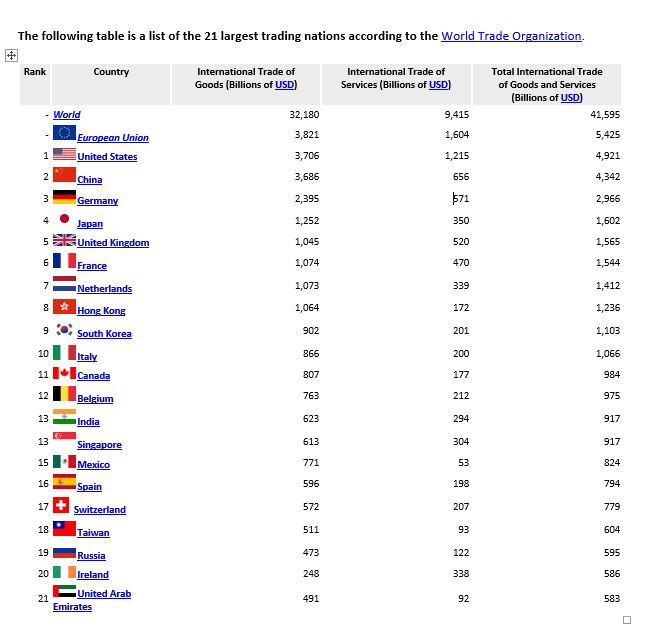In the ever-evolving landscape of design and engineering, technological advancements continue to redefine how we approach complex projects. One such innovation that’s gaining traction is the concept of “Digital Twins.”
Initially introduced as a way to monitor and maintain physical assets in real-time, the concept of Digital Twins has expanded to play a pivotal role in design and engineering processes. Let’s delve into some of the current and revolutionary use cases of Digital Twins today.
What are Digital Twins?
A Digital Twin is a virtual replica of a physical object, process, or system. It encompasses both the physical aspects and the digital representation, offering real-time insights and simulations to understand, predict, and optimize the behavior of the real-world counterpart.
They are revolutionizing the way products are designed and prototyped. Engineers and designers can create virtual prototypes that closely mirror the physical product, allowing for rapid iterations and testing. This not only speeds up the design process but also reduces the cost and waste associated with traditional trial-and-error methods. From automobiles to consumer electronics, Digital Twins enable engineers to simulate various scenarios and make informed decisions before a physical prototype is even built.
Salient Use Cases
- Predictive Maintenance:
In the realm of engineering, the concept of predictive maintenance has gained prominence. By integrating Digital Twins into machinery and equipment, engineers can monitor the real-time performance of these assets and predict maintenance needs. This proactive approach minimizes downtime, prevents costly breakdowns, and extends the lifespan of equipment. - Simulation and Analysis:
Digital Twins offer a platform for comprehensive simulations and analysis. Engineers can simulate the behavior of a system under different conditions, helping them identify potential challenges and opportunities for improvement. Whether it’s testing the aerodynamics of an aircraft or evaluating the structural integrity of a bridge, Digital Twins provide a safe and controlled environment to conduct experiments virtually. - Smart Cities and Infrastructure:
As urbanization accelerates, the need for smart infrastructure becomes crucial. Digital Twins play a pivotal role in designing, developing, and managing smart cities. From optimizing traffic flow to monitoring energy consumption, these virtual replicas offer insights that facilitate more sustainable and efficient urban planning. - Collaboration and Communication:
Digital Twins serve as a common platform for interdisciplinary collaboration. Engineers, designers, architects, and stakeholders can all interact with the virtual model, fostering better communication and understanding. This collaborative environment leads to more innovative solutions and reduces the risk of misunderstandings. - Lifecycle Management:
The benefits of Digital Twins extend beyond the design and construction phases. They can be used to track the entire lifecycle of a product or system, from conception to decommissioning. This holistic approach helps organizations make data-driven decisions to improve efficiency and sustainability.
Takeaway
In conclusion, the concept of Digital Twins has transformed from a mere monitoring tool to a game-changing paradigm in design and engineering. With its ability to enhance design, predict maintenance needs, facilitate simulations, and foster collaboration, Digital Twins are reshaping how we approach complex projects. As technology continues to advance, we can expect even more innovative use cases to emerge, further solidifying Digital Twins as a cornerstone of modern engineering and design practices.























